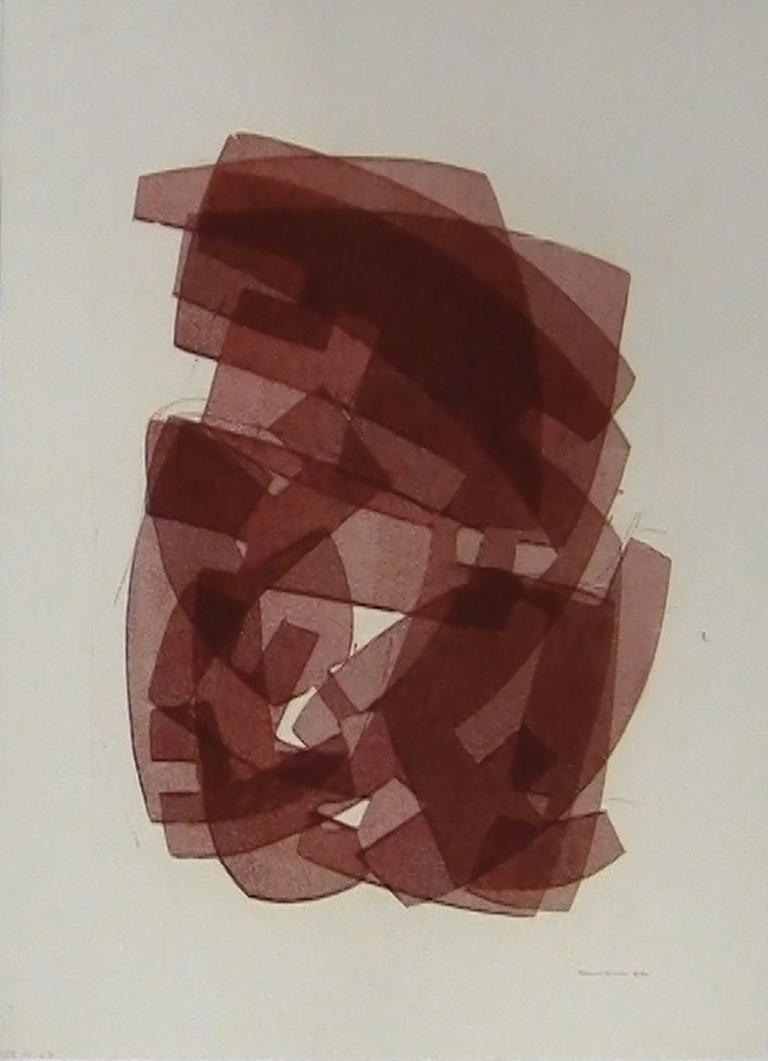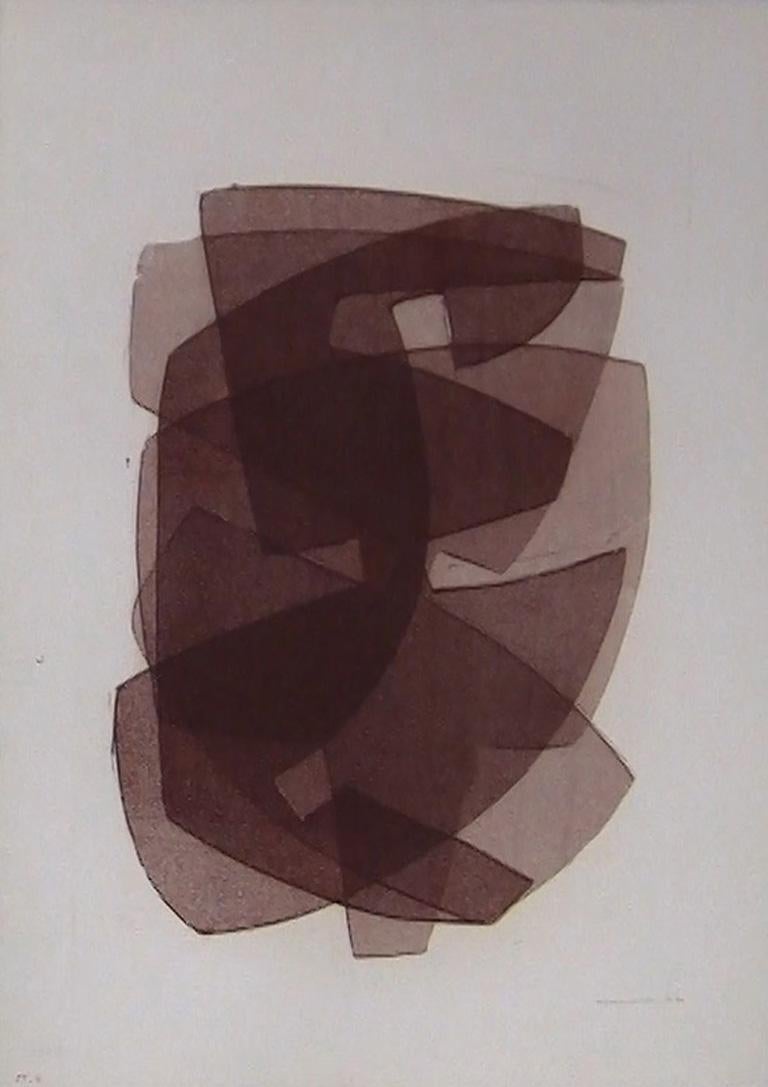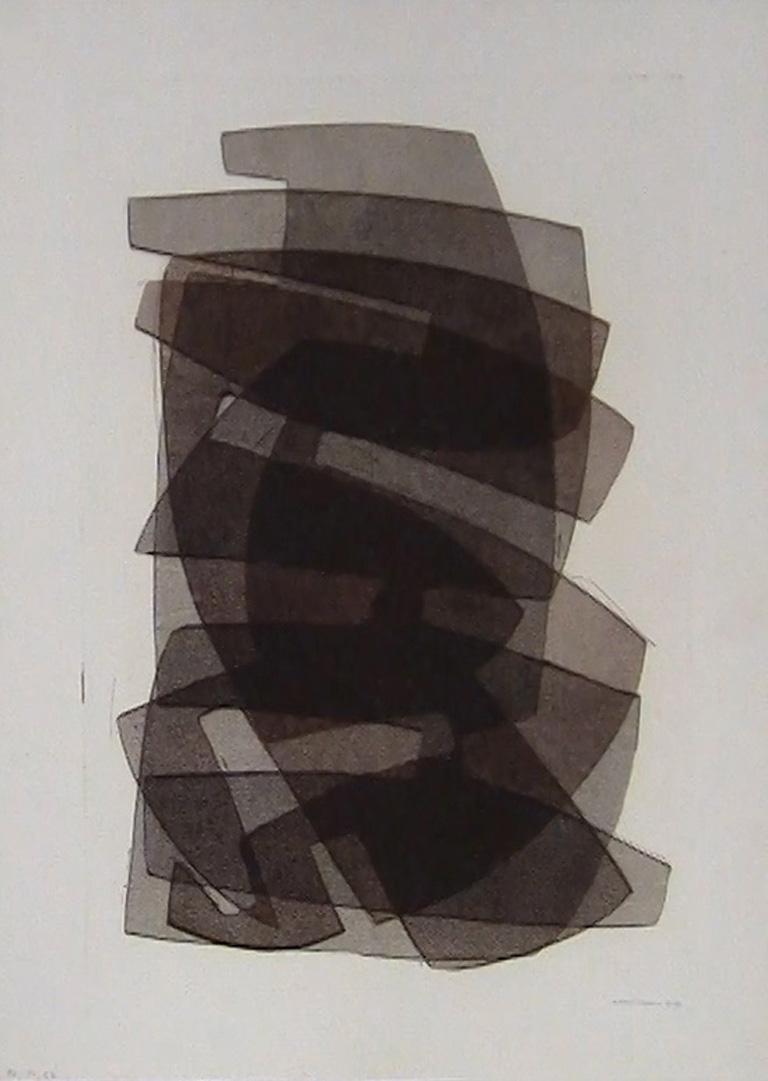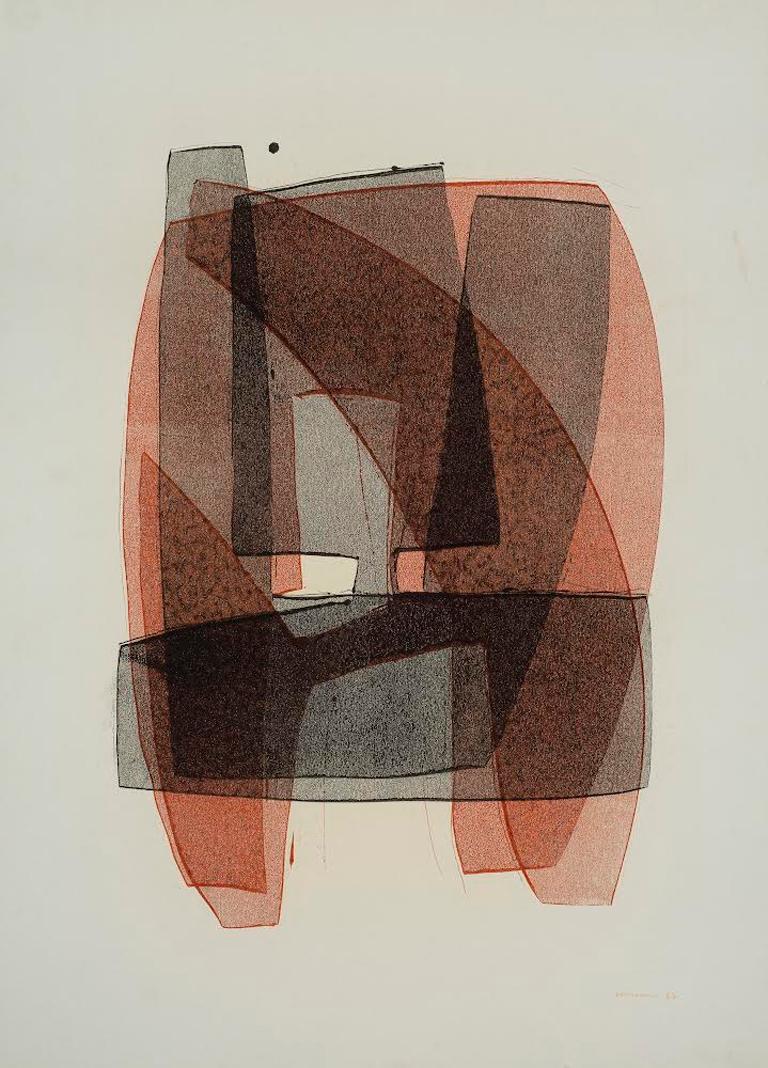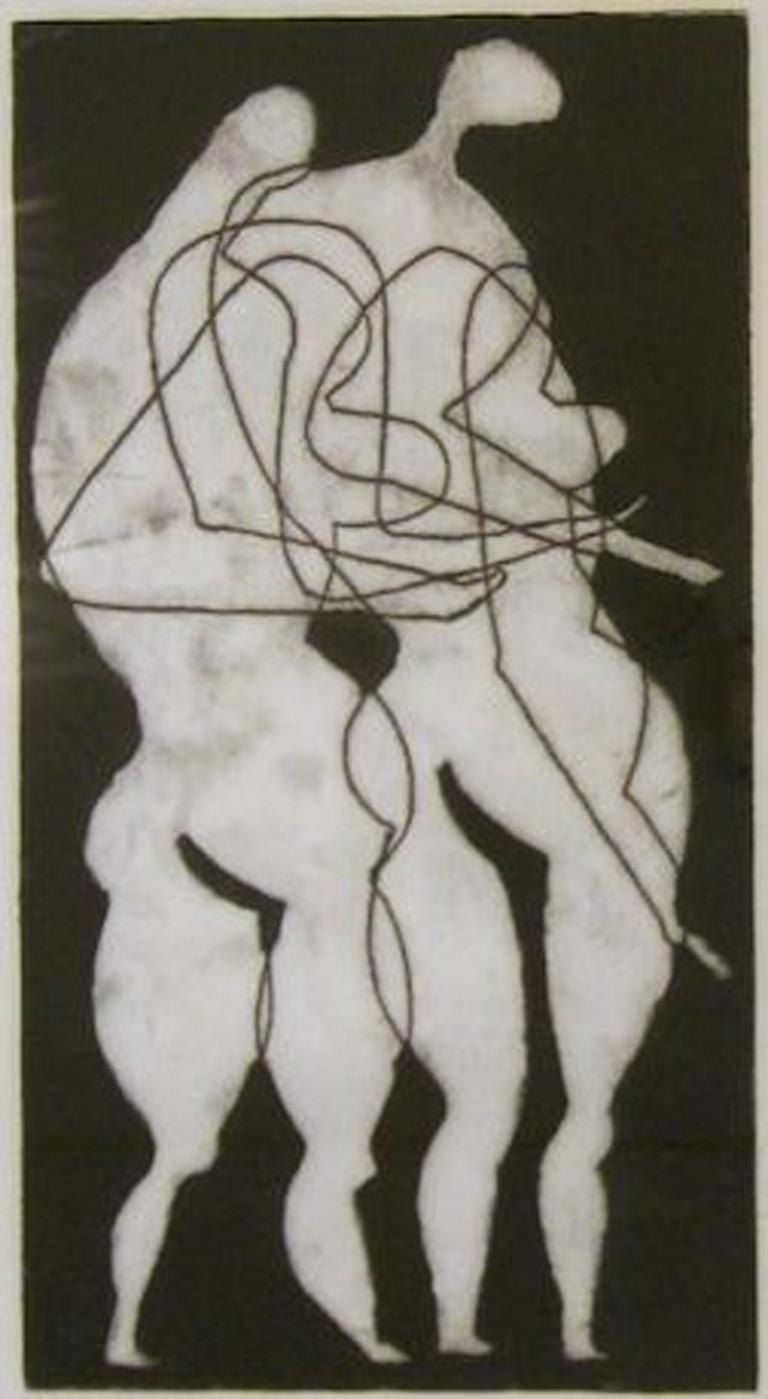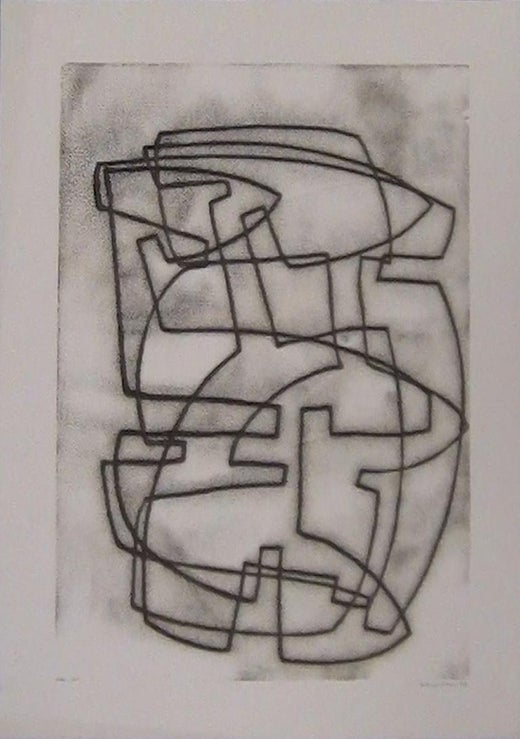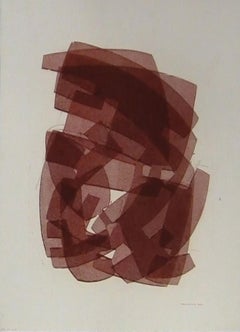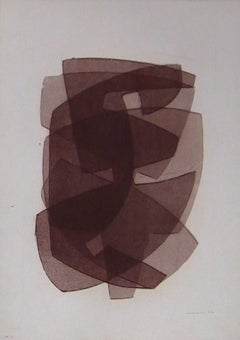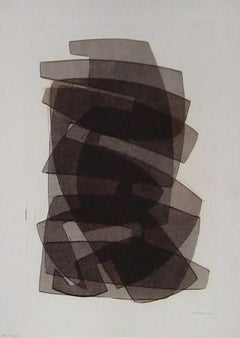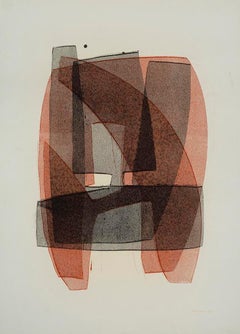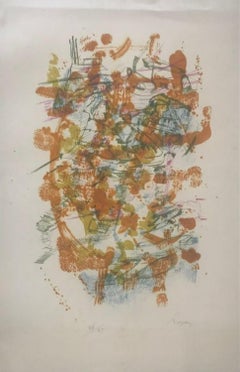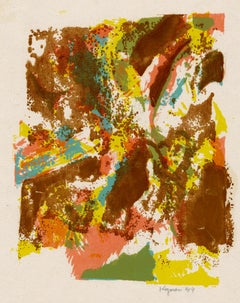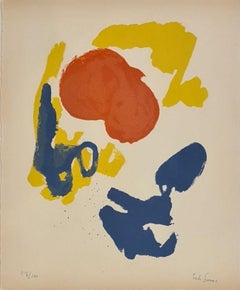Otto Neumann0820501967
1967
About the Item
- Creator:Otto Neumann (1895 - 1975, German)
- Creation Year:1967
- Dimensions:Height: 24.5 in (62.23 cm)Width: 17.5 in (44.45 cm)
- Medium:
- Movement & Style:
- Period:
- Condition:
- Gallery Location:New Orleans, LA
- Reference Number:1stDibs: LU110211146662
Otto Neumann
Otto Neumann was an Expressionist painter and printmaker born in Heidelberg, Germany. He was one of the most versatile and original artists of the 20th century.
Neumann created works of stark brutality, sumptuous beauty, and sleek simplicity in an array of media oils, watercolors, chalk, graphite, lithographs, woodcuts and monotypes, among others. He lived through revolutionary changes in the art world of prewar and postwar Germany, and drew inspiration from his contemporaries and predecessors, as well as from sources literary and deeply personal. Today, Neumann is best known for his subtly hued woodcuts and monotypes of human, animal and abstract forms created in the last 25 years of his life.
Neumann's works are in the collections of the Art Institute of Chicago, Detroit Institute of Art, Goethe-Institut, Museum of Modern Art (New York), Portland Art Museum, Rose Art Museum, Tampa Museum of Art, Gibbes Museum of Fine Art and the Virginia Museum of Fine Art.
- ShippingRetrieving quote...Shipping from: New Orleans, LA
- Return Policy
More From This Seller
View All1960s Expressionist Abstract Prints
Monotype
1960s Expressionist Abstract Prints
Monotype
1960s Expressionist Abstract Prints
Monotype
1960s Expressionist Abstract Prints
Monotype
1960s Expressionist Abstract Prints
Monotype
1960s Expressionist Abstract Prints
Monotype
You May Also Like
1960s Abstract Abstract Prints
Lithograph
1940s Abstract Abstract Prints
Screen
1950s Abstract Abstract Prints
Lithograph
Late 20th Century Abstract Abstract Prints
Monotype
1960s Abstract Abstract Prints
Lithograph
1970s Abstract Abstract Prints
Engraving
